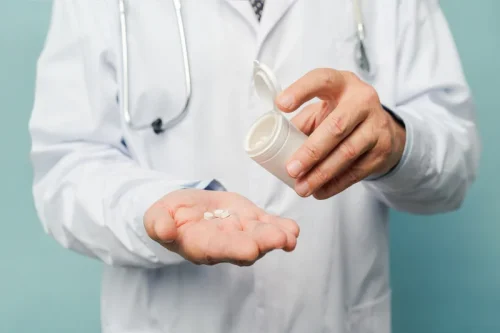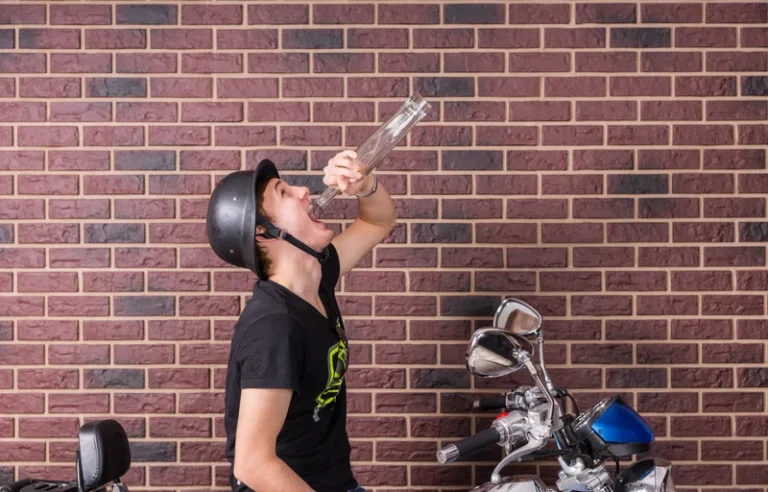
Sigma-1 receptors (S1R) play an important role in modulating several types of ion channels such as NaV 1.2, NaV 1.4, KV 1.2, KV 1.3, and KV 1.4 [88,89]. They also can modulate intramitochondrial calcium homeostasis and trafficking of functional transient receptor potential ankyrin 1 alcohol neuropathy stages (TRPA1), which play a critical role in the development of CIPN [90,91]. MR309 is a selective S1R antagonist that has shown efficacy in reducing allodynia and cold hypersensitivity [92]. A phase 1 trial found that MR309 has shown good safety and tolerability in healthy people [93].
Conditions That May Mimic Alcoholic Neuropathy
It has been recognized that spinal cord glial cells, astrocytes and microglia are activated by neuropathic pain or peripheral inflammation [42]. Oxidative stress is known to play a very important role in experimental animal models of neuropathic pain. Lee et al. [36] suggested that reactive oxygen species are importantly involved in the development and maintenance of capsaicin-induced pain, particularly in the process of central sensitization in the spinal cord in rats. Naik et al. [38] suggested the involvement of oxidative stress in experimentally induced chronic constriction injury of the sciatic nerve model in rats.

How to Prevent Alcoholic Neuropathy
In two other clinical studies, MR309 showed a significant reduction in cold allodynia and hyperexcitability motor symptoms compared to placebo [88,89]. A functional cytoskeleton is required to maintain the function and integrity of the nervous system [19]. Chemotherapy medications promote major modifications in the neuronal cytoskeleton, resulting in the fragmentation of axons in sensory neurons leading to changes in the microtubule network [19,20]. These changes compromise the structural integrity of sensory neurons, resulting in impaired axonal transport of mitochondria and mRNA [21].

Symptoms of Neuropathy in Feet
- Nerve damage from chronic alcohol consumption can develop over several years.
- These treatments, in some cases, only suppress the symptoms but do not treat the underlying pathology.
- The detection period for drug and alcohol use is determined by the testing methods and the laboratory analysis utilized.
- A recent randomized controlled study also found that lidocaine infusion showed a similar effect as duloxetine on reducing the incidence and severity of taxane-induced peripheral neuropathy [67].
One patient with grade I neuropathy responded with the correction of low pantothenic acid. One patient with grade III neuropathy responded with the correction of low circulating vitamin B6. This study showed that as well as thiamine replacement, corrections of low circulating levels of nicotinic acid, pantothenic acid and vitamin B6 can result in an improvement of alcohol-related peripheral neuropathies. Nine studies reported EMG findings in alcohol-related peripheral neuropathy patients. Reduced recruitment pattern of motor units was a frequently reported outcome [16, 28, 67, 70]. Active denervation (presence of positive waves and fibrillations) was also present in the majority of patients.

The majority of patients were middle-class, working men, and continuous drinkers were more affected than episodic drinkers. Women are more likely to develop alcohol polyneuropathy and suffer from a more rapid onset and greater severity. Biomarkers of alcohol abuse include carbohydrate-deficient transferrin (CDT) and phosphatidylethanol (PEth).
rs.onload = function()
Changes in muscle strength or sensation usually occur on both sides of the body and are more common in the legs than in the arms. Autonomic nerves are concerned with muscular functions which are reflexive, such as breathing, heartbeats and peristalsis (rhythmic movements of the intestines). Based upon these results, vitamin supplementation appears to exert a positive therapeutic effect in alcohol-related neuropathy. The mechanism of this is presently unclear, one possible explanation is that is resolves concomitant vitamin-dependent neuropathy which exacerbates alcohol-related neuropathy. Physical exam findings include diminished sensation to vibration, pain, dysfunctional thermo-proprioception, weakness in the ankle and toes with flexion and extension, atrophy of foot muscles, gait ataxia, and diminished deep tendon reflexes.
Alcohol-related neuropathy is characterized by damage to the peripheral nerves, which transmit signals between the body, spinal cord, and brain. There are no medications that can help improve loss of sensation, strengthen muscle weakness, or assist with the coordination and balance problems caused by alcoholic neuropathy. However, some people notice an improvement in symptoms a few months after discontinuing alcohol intake. Since nutritional deficiencies are partly to blame for alcoholic neuropathy. To combat these deficiencies, supplementation with vitamin B12, folate, vitamin E, and thiamine may be recommended. Nerves don’t have a resilient ability to regenerate if they are severely damaged.
Stay on top of latest health news from Harvard Medical School.
- As the condition progresses, the pain may vary in intensity, sometimes diminishing for months before worsening again.
- Medical, mental health, and substance abuse providers all work together to form and carry out a treatment plan that helps to manage all disorders at the same time.
- Endoneural oxidative stress leads to nerve dysfunction in rats with chronic constriction injury [39].
- S1P binds to a group of G protein-coupled receptors (S1PR1-5), and increased activity of S1PR1 could contribute to the development of CIPN [133,134].
- The cause is a diverse multifactorial process caused by damage by free radicals, the release of inflammatory markers, and oxidative stress.
